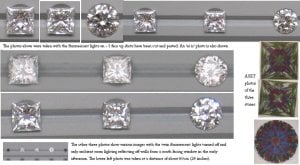pricescope
Ideal_Rock
- Joined
- Dec 31, 1999
- Messages
- 8,266
The Cut Group* published a letter to the Editor of the Australian Gemmologist regarding GIA Cut Grading System (with permission of the Australian Gemmologist).
* Members of the Cut Group include:
* Members of the Cut Group include:
Sergey Sivovolenko, OctoNus, Finland, Tampere
Garry Holloway, Melbourne, Australia
Yuri Shelementiev PhD, Head of laboratory, Moscow University (MSU) Gemological Center, Moscow, Russia.
Janak Mistry, Lexus, Surat, India










300x240.png)